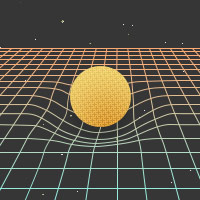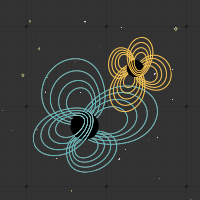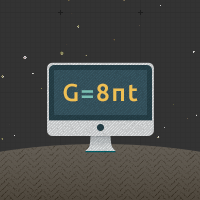Q
Q
Quantum Field Theory in Curved Spacetime
A theory which attempts to incorporate ideas from Quantum Mechanics and General Relativity. This theory is needed when the quantum behavior of objects is important, and there is extreme curvature of spacetime.
Quantum Mechanics
A modern physical theory which is vital to describing extremely small objects, like electrons around an atom. Though this theory also applies to larger objects, its effects become very similar to those of Newton's theory — which is typically much easier to use and understand. One of the most important ideas in Quantum Mechanics is the Uncertainty Principle.
Quark
An Elementary Particle which makes up the Neutron and the Proton, as well as many more exotic particles. These particles are Fermions, and have charges of either 2/3 as much as an electron's charge, or -1/3. They come in "flavors" of up, down, strange, charmed, bottom, and top, as well is in "colors" of red green and blue. The "flavor" and "color" are just fanciful names given to describe intrinsic properties of these particles — similar to charge, mass, or spin.
Quasar
A very dense and very bright object seen in the distant Universe. Quasars are believed to be powered by Black Holes.




